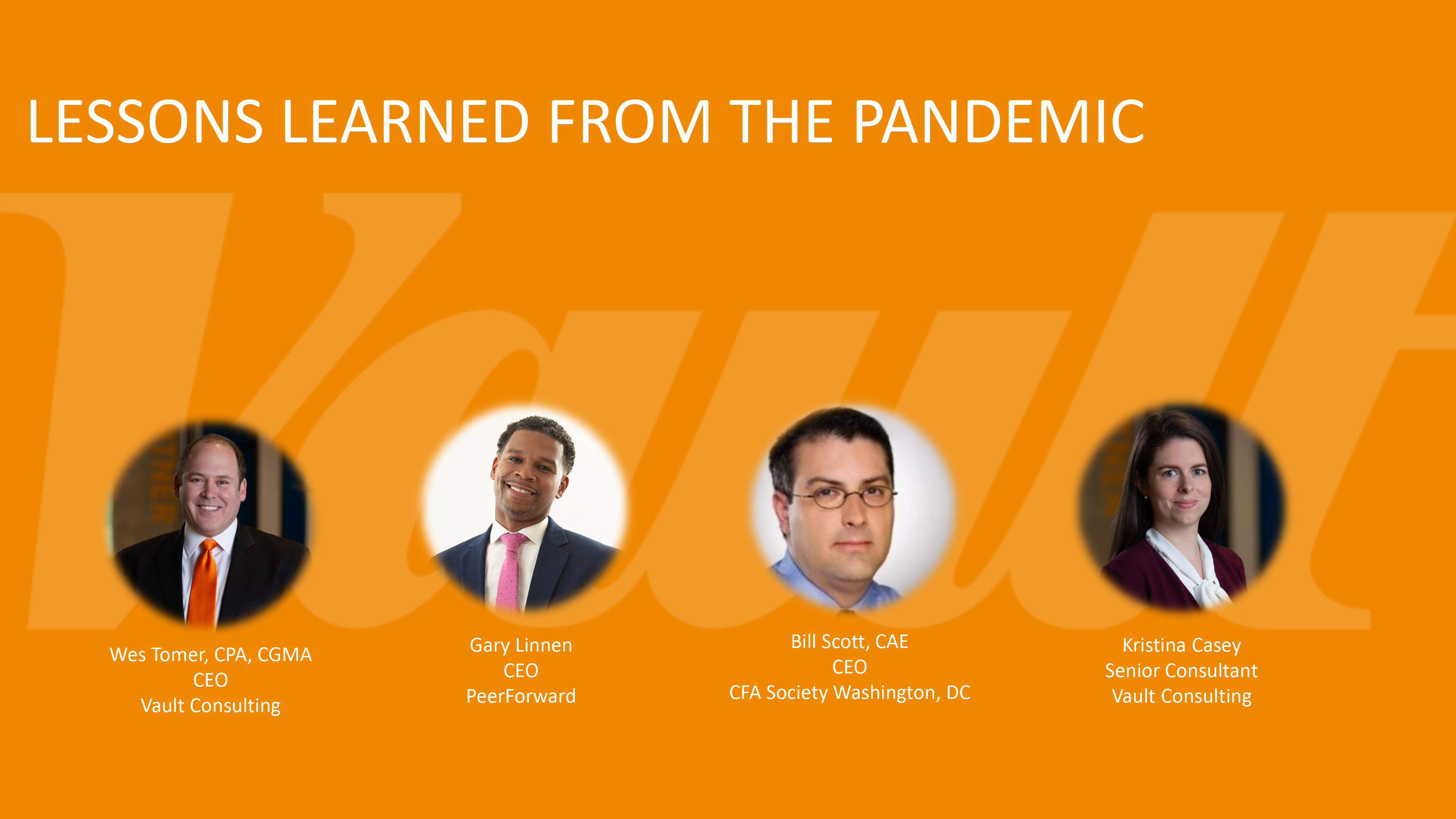
Being open to change can make a massive difference in the success of your nonprofit. And in an ideal world, your organization already embraces change and continuous improvement. But in actual practice, many organizations operate in a more reactive mode, preferring to change only when forced to. In this post, we’ll look at three broad strategies in accounting for nonprofits that can help you be a more effective change agent.

Strategy #1. Be on the lookout for opportunities.
If the idea of serving as a change agent at your organization seems overwhelming, it may be helpful to begin with a more narrow focus.
- Start by looking at your job responsibilities, and consider what changes it would take for you to be more effective.
- Next, consider changes that could help individuals or teams across your department.
- Then, consider what types of change could facilitate the interdependencies between your department and others.
When looking at accounting in nonprofits, one general area of low-hanging fruit is your software and computing platforms. Organizations can be reluctant to change even when a new technology has gained some acceptance in the broader marketplace.
Real-world example: An association client was reluctant to move its accounts payable (AP) function to a third-party, cloud-based vendor. Due to their reluctance to change, they put the significant change on the back burner — that is, until they suffered a cyberattack leaving them without access to their servers for six frustrating weeks. Fortunately, they used the incident as an opportunity to take decisive action and have now moved successfully to a cloud-based AP platform that delivers far greater flexibility and resilience.
Where to start: Of course, spending all your time looking for ways to change or improve operations would become a distraction. As an alternative, consider making it a regular part of your yearly work cycle — for example, as you prepare for your organization’s annual audit. That way, you can ensure that you’re looking for ways to improve without spending all your time doing so.
Strategy #2. Be proactive about change.
When it comes to change, every organization falls somewhere on a continuum. In our experience, the tone is generally set at the top of an organization and can range from welcoming continuous improvement and learning to avoiding change steadfastly.
- Before researching and advocating change, make sure you know whether you need permission from your executive director or executive board and whose buy-in you need.
- The more you can quantify the cost and benefits related to the change you’re proposing, the better equipped your organization’s leaders will be to make a sound decision.
- Focused research can go a long way to making a persuasive business case.
- Knowing what industry experts say about a new technology or emerging practice can help you craft a more promising solution. Still, it can also help assure the executive team that the idea is sound.
Where to start:
- Survey the staff members affected by a given change.
- Communicate to those surveyed what you plan to do with the results.
- Close the feedback loop by letting respondents and other involved parties know your preliminary findings and where you expect to go.
- Remember that the more planning and communication you do for any survey process, the better your results will be.
Strategy #3. Consult your resources.
The stakes can be considerable if you’re contemplating even a modest change for your organization. A smart strategy is to seek third-party insight and advice before you act.
Where to start:
- Speak with your organization’s auditors and outsourced accountants and get their insights into how you could improve your accounting function. They already know a great deal about your organization and very likely have insights into how other associations and nonprofit clients are dealing successfully with similar challenges.
- Additional resources may include peers and colleagues you interact with through special interest groups offered by LinkedIn, ASAE, and other entities and continuing education related to your field.
The next step is yours!
Envisioning and driving change in accounting for nonprofits is critical. The bottom line is that, just as your members’ and stakeholders’ industries evolve, your organization must continually adapt to stay relevant to members.
By considering these strategies for driving change, you can significantly increase the likelihood of success. For more information and insight, feel free to contact Vault Consulting.





